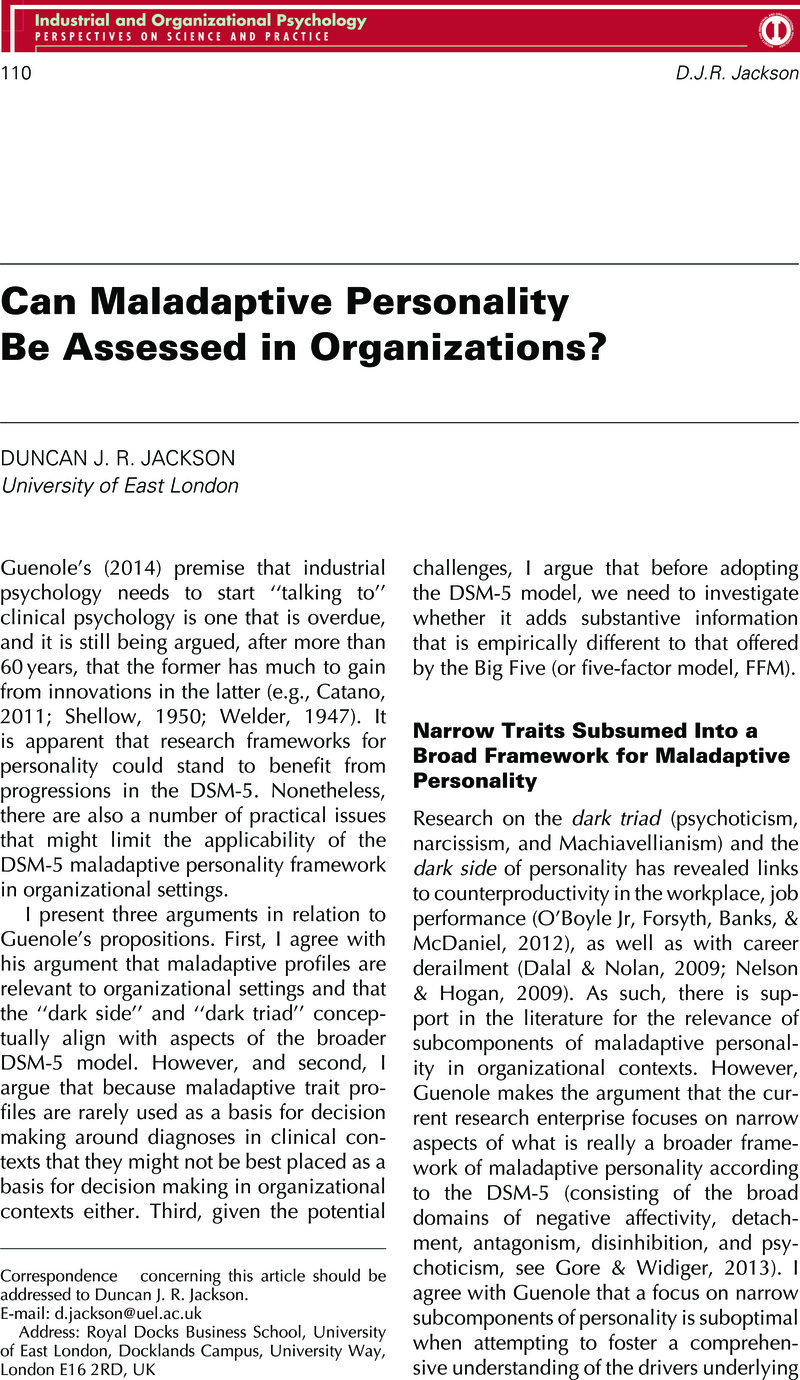Crossref Citations
This article has been cited by the following publications. This list is generated based on data provided by Crossref.
Hollebeek, Linda D.
Sprott, David E.
Urbonavicius, Sigitas
Sigurdsson, Valdimar
Clark, Moira K.
Riisalu, Rein
and
Smith, Dale L. G.
2022.
Beyond the Big Five: The effect of machiavellian, narcissistic, and psychopathic personality traits on stakeholder engagement.
Psychology & Marketing,
Vol. 39,
Issue. 6,
p.
1230.



